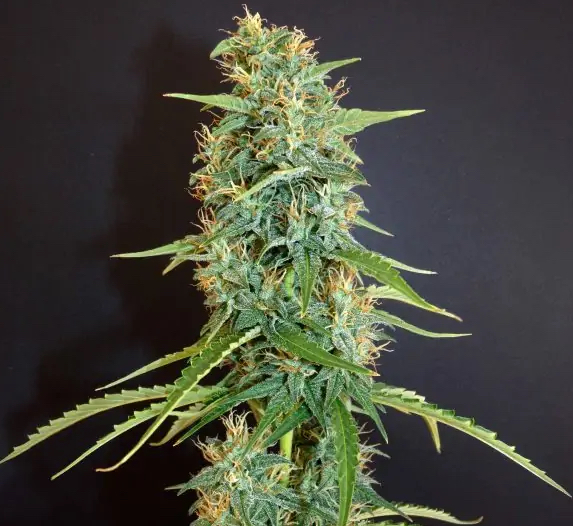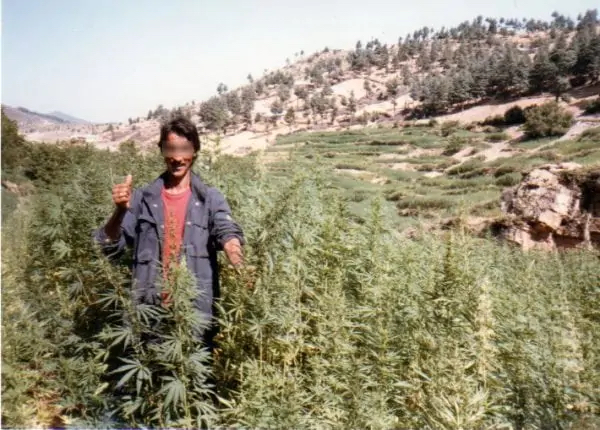This website uses cookies so that we can provide you with the best user experience possible. Cookie information is stored in your browser and performs functions such as recognising you when you return to our website and helping our team to understand which sections of the website you find most interesting and useful. Some parts/features of our website may not function or display correctly if cookies are turned off/disabled. See our Privacy Policy for more information.
Strain Profile Notes:
The Moroccan Beldia is the variety Riffian farmers used for decades to produce the old school blond chocolatey Moroccan hash.
The smoke is sweet and delicate floral taste with minty and spicy undertones. The Beldia is a fast hitter with a clear joyful high that doesn’t last for too long.
Its delicate smell is reminiscent of sweet honey, very unique and completely different from what cannabis often smells like. (Ideal for guerrilla growers..)
This landrace strain is easy to grow both indoors and outdoors as it can withstand droughts, high temperatures and thrive in a poor soil.
One of the faster-flowering sativas in the world, this plant is very well suited for outdoor cultivation. Because this variety has adapted to the harsh arid climate of the Moroccan Rif Mountains it can withstand high temperatures and thrive with very little water or nutrients.
The plants are vigorous but do not grow many side branches which makes this strain highly suitable for Sea Of Green setups. Indoors, the Beldia finishes in only 7 to 9 weeks of flowering. Outdoors, the plants are ripe between the end of August and the end of September. The Moroccan Landrace is low-maintenance and easy to grow both indoors and outdoors.
The Khalifa Genetics team collected the original seedline years ago in several remote mountainous areas of the Chefchaouen province (35°N). In these locations, farmers were still only growing the old Moroccan Beldia. That is why this line is still very pure. This Moroccan Landrace is at least 800 years old and is now quickly disappearing from the Rif Mountains. Moroccan farmers have used it for hash-making since the 1960’s. Prior to that, they used to cultivate it more for its fine flowers. Some old-timers in Morocco still like to smoke the kief flowers in their long wooden pipes.
These seeds are the result of 4 generations of open pollination, Khalifa’s goal was to help stabilize the line by decreasing the proportion of weak plants and hermaphrodites while preserving the genetic diversity.
Details
&
Parameters
How many seeds do I need?
Dial in the # of seeds to get for your project w/ our Seed Quantity Calculator
You may also like…
Learn more 👀 about our work to preserve, protect & regenerate our collective shared living genetic heritage @ ExSitu C. Afghanica Indigenous Landrace Biodiversity Regeneration Project
















Reviews
There are no reviews yet.